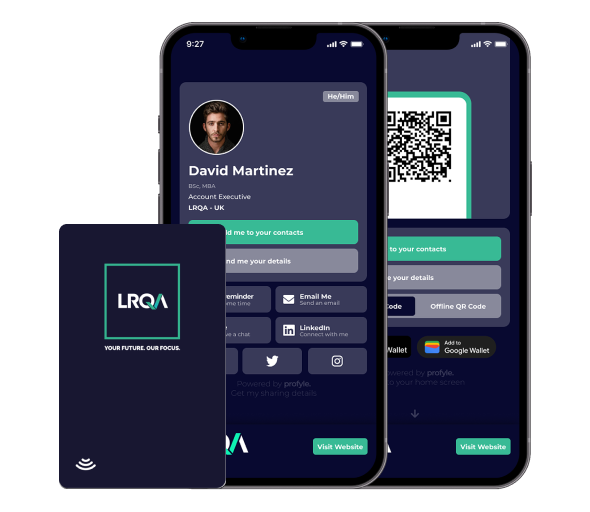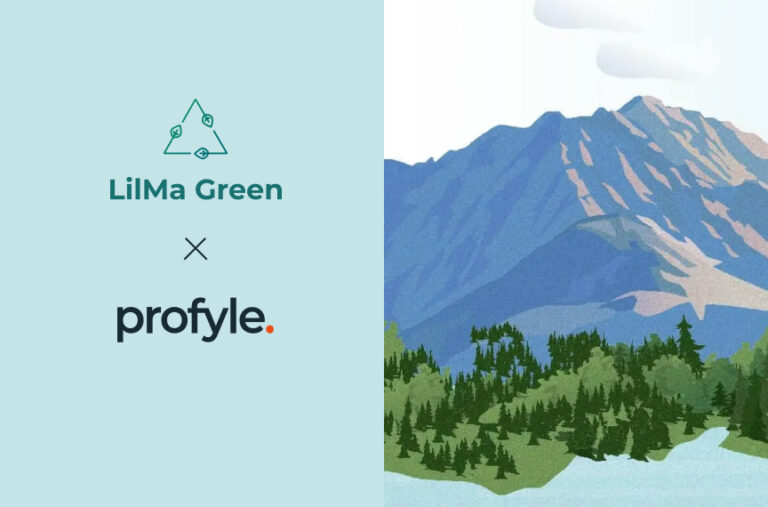Does B2B demand generation sound like something mysterious or overcomplicated? Well, it’s actually quite straightforward — though it works like magic when done right.
What is B2B Demand Generation?
B2B demand generation is a sales and marketing process. It aims to raise awareness of a company’s products or services among other businesses. It mainly involves targeted activities. These guide potential clients through their buying journey. The goal is to produce high-quality leads and a strong sales pipeline. 79% of B2B marketers identify email as the most effective channel for demand generation. Epecially when combined with real-life events. Research shows that combining email marketing with in-person events can boost engagement. It reinforces connections and improves lead quality. 85% of attendees say they are more likely to make purchases after attending branded events.
Examples of B2B Demand Generation in Action
Demand generation is a series of actions. They guide potential clients to see a business’s unique value, even before they’re ready to buy. Here are some key demand generation tactics. Each has a formal definition and a real-world use case.
- Content Marketing
- Definition: Content marketing is a strategy. It aims to attract and engage a target audience. It does this by creating and sharing valuable, relevant, and consistent content. The goal is to drive profitable customer actions.
- Example: A software company publishes blogs and white papers. They address industry challenges. These resources educate readers. They also position the company as a thought leader. This increases the chance they will consider the company when making buying decisions. Notably, 91% of B2B marketers use content marketing as part of their strategy. Businesses that publish consistent content report six times higher conversion rates than those that do not.
- Webinars and Virtual Events
- Definition: Webinars and virtual events are interactive platforms. They let companies share knowledge and engage with clients in real time. This fosters trust and interest.
- Example: A cybersecurity firm hosts a free, interactive webinar on data protection trends. Attendees gain insights and trust the brand’s expertise. This builds a foundation for future engagement. In fact, 73% of B2B marketers and sales leaders state that webinars are among the best channels for generating high-quality leads. Well-prepared virtual events allow for deep interaction and audience discussions.
- Social Media Campaigns
- Definition: You can use social media to share content, build brand awareness, and engage potential clients. Especially on industry-focused networks.
- Example: A digital agency posts tips on LinkedIn. It aims to be helpful and stay visible. This strategy keeps the agency in potential clients’ minds. They may reach out when they need similar services. LinkedIn is very effective, with 93% of B2B marketers finding it useful for content distribution. That is because nearly 80% of B2B leads generated through social media come from LinkedIn.
- Networking Tools Like Profyle Digital Business Cards
- Definition: Profyle Digital Business Cards make in-person communication seamless. Doing so while integrating online engagement opportunities. Bridging traditional networking with digital follow-up.
- Example: at a trade shows you can use Profyle to share contact info and portfolio links. A simple tap of phones and you can instantly share your contact details. Making sure leads don’t slip through the cracks. Studies show you can increase follow-up rates by over 25% when compared to traditional business cards.
- Email Marketing
- Definition: Email marketing is a targeted strategy. It sends valuable information and offers to potential clients’ inboxes. This keeps the brand top of mind and encourages interaction.
- Example: A supply chain company sends a carefully crafted email sequence to warm leads — those who’ve shown interest but haven’t yet made a decision. Each email offers value, such as case studies or practical advice, gradually nudging the lead closer to a decision. Email marketing is a cornerstone of B2B demand generation. 79% of B2B marketers say it is the most effective channel. Email campaigns, when combined with live events, are even more effective. They increase open rates and conversions, as recipients feel a personal connection to the brand.

How B2B Demand Generation Works
Ever tried to start a conversation at a party with someone who clearly has no interest in talking to you? Well, that’s what demand generation tries to avoid.
Demand generation is a step-by-step process. It aims to connect with the right businesses. It guides them to see why they need your product or service. Think of it as a courtship, where each interaction builds trust and interest over time. This means you’re not looking for leads — you’re nurturing relationships.
B2B demand generation often starts with awareness tactics. These include social media posts and articles that attract potential clients. But it doesn’t stop there. After you have their attention, move on to deeper engagements. Use webinars or detailed guides to educate and build trust. By the time these potential clients are ready to buy, they already know who you are and why you’re worth choosing.
Main Elements of B2B Demand Generation:
- Targeted Content Creation: Create content that meets your audience’s needs and pain points. This positions your business as a trusted advisor.
- Use email, social media, webinars, and events to reach potential clients. Engage them on their most active channels. You get substantially broader reach.
- Lead Nurturing: Build relationships with potential clients at every sales funnel stage. Use strategies to do this. This involves providing relevant information to move them closer to a purchasing decision.
- Sales and Marketing Alignment: Make that sales and marketing teams work together seamlessly. This alignment leads to a more cohesive strategy and better results
- Data Analysis and Optimisation: Regularly analyse metrics to find what works. This allows for continuous improvement and optimisation of strategies.
Now, imagine the impact of adding Profyle Digital Business Cards to this mix. You meet someone at a trade show. You share your digital card. Then, you send a targeted email campaign based on your discussion. That’s where the real magic happens. An instant connection leads to a digital follow-up, keeping your business top of mind. Get started for free.
The Role of Derived Demand in B2B
Ever thought about how a ripple in one industry can send waves through another? That’s exactly what derived demand does in B2B.
Understanding Derived Demand
Derived demand means that the demand for one product or service is created by the demand for another. If a client demands more electric vehicles, charging station demand will also rise. It’s like a domino effect, and B2B companies need to be sharp and quick to adjust to these changes.

Derived demand helps B2B companies. It lets them align their strategies with shifts in the wider industry. If you can spot these ripples early, you’ll know where to steer your business. A company selling remote work software might find new demand. More businesses are shifting to flexible work arrangements. Knowing how to use these shifts to your advantage gives you a powerful edge.
This table helps show the different types of demand in B2B markets. Understanding these can help businesses plan their marketing better.
| Type of Demand | What It Means | Main Traits | Examples |
|---|---|---|---|
| Derived Demand | When demand for one product comes from the demand for another related product. | – Depends on other product’s demand – Linked to changes in end-user needs |
– More car sales lead to higher demand for car parts and steel. |
| Direct Demand | Demand for products or services that the buyer uses directly. | – Stands alone (not tied to another product) – Driven by what the buyer wants |
– A business buying office supplies for its own use. |
| Joint Demand | Demand for products that are used together. | – Products rely on each other – Demand for one affects the other – Often bought in pairs |
– Printers and ink cartridges; computers and software. |
| Fluctuating Demand | Demand that changes a lot in a short time due to different factors. | – Very sensitive to the market – Can be hard to predict – Requires quick adjustments |
– Demand for winter clothing rising in cold months; spikes in demand due to trends. |
| Inelastic Demand | Demand that stays steady, even if the price changes. | – Not affected much by price – Often applies to essential items – Limited alternative products available |
– Specialised machinery for factories; unique software needed to run specific systems. |
How Profyle Digital Business Cards Play a Role: With Profyle Digital Business Cards you stay connected in industries that can change overnight. You meet someone from a business that’s riding a new wave of demand, share your Profyle Card, and instantly make a digital connection that could grow into something big. In B2B timing matters, so Profyle keep you in the game. Get started for free.
Growing B2B Sales through Demand Generation
Think of demand generation like setting up a stack of dominoes. One good move, and sales will follow. But each piece has to be placed just right.
Growing B2B sales requires patience and strategy. Demand generation isn’t a quick win. It’s a steady process. It builds a pipeline of clients who trust your solutions. MarketingSherpa found that nurtured leads buy 47% more than non-nurtured ones. This proves the value of a well-planned approach.
As potential clients see your brand in various channels, they trust you as an expert. This includes your content, emails, events, and social media. Every touchpoint adds trust. It could be a helpful article, a chat at a trade show, or a friendly follow-up email. When the time to buy arrives, they already know who you are and why your business is the right choice.
Why Profyle is Ideal for B2B Demand Generation
Tired of your business cards ending up in the recycling bin? Let’s talk about a smarter, greener way to make connections that stick.

Profyle combines the best of face-to-face networking with the convenience of digital engagement. In B2B, first impressions matter, but so does the ability to stay connected. A quick tap of a Profyle Card lets your contacts access your info instantly on their devices. No more lost paper cards or typing in details.
- Instant Connection: When you share your Profyle Card, contacts have all your info in one place. Ready for a follow-up. No digging around later; you’re already saved in their contacts.
- Real-Time Updates: If your title changes or you want to add links, you can update your Profyle Card in a few minutes. Everyone you’ve shared it with will then have the latest info. It’s efficient and keeps your contacts up to date without hassle.
- Eco-Friendly Networking: Profyle Cards save on paper and printing, which benefits both the planet and your budget. In today’s eco-conscious market, this boosts your brand’s values.
Profyle Digital Business Cards help you impress, build relationships, and keep your brand in mind. Get started for free.













